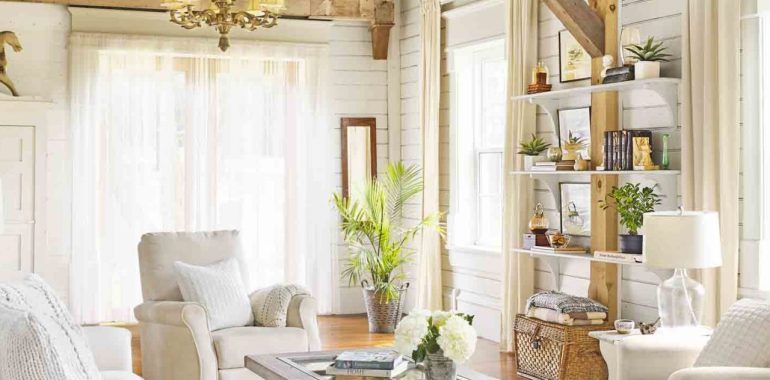Exploring the Charm of Wabi Sabi Fabric: Embracing Imperfection and Celebrating Natural Beauty

Exploring the Charm of Wabi Sabi Fabric: Embracing Imperfection and Celebrating Natural Beauty
Introduction
Wabi sabi is a Japanese aesthetic principle that centers on the appreciation of imperfection, simplicity, and the beauty of natural materials. The wabi sabi philosophy can be applied to various art forms, including fabric. Wabi sabi fabric is characterized by its rustic, imperfect look that comes from the traditional techniques used to make it. This article explores the charm of wabi sabi fabric and how it embodies the wabi sabi aesthetic.
The History of Wabi Sabi Fabric
Wabi sabi fabric has a long history in Japan, where it was used for clothing and bedding. The traditional techniques used to make wabi sabi fabric involve natural materials, such as cotton and hemp, and focus on the beauty of the weave and the texture. The fabrics are often dyed with natural plant-based dyes, resulting in a muted color palette that reflects the beauty of nature.
Embracing Imperfection
One of the key principles of wabi sabi is embracing imperfection. Wabi sabi fabric celebrates the beauty of the imperfect, such as the uneven weave or the natural variations of the dye. The imperfections in the fabric tell a story, reflecting the handcrafted nature of the piece and the passage of time.
The Beauty of Natural Materials
Wabi sabi fabric is also characterized by the use of natural materials, such as cotton and hemp. These materials reflect the beauty of nature and create a tactile quality that makes the fabric more inviting. Natural materials are also more sustainable and eco-friendly, aligning with the wabi sabi philosophy of simplicity and mindfulness.
Modern Interpretations of Wabi Sabi Fabric
Wabi sabi fabric has become a popular trend in modern fashion and interior design, with designers and consumers appreciating the beauty of the imperfect and the natural. Modern interpretations of wabi sabi fabric are often more experimental, combining unexpected materials or incorporating modern techniques alongside traditional ones.
Wabi Sabi in Fashion
Wabi sabi fabric has been used by many fashion designers to create rustic and organic-looking pieces. The simplicity and understated beauty of wabi sabi fabric make it a perfect choice for comfortable and relaxed clothing that still makes a statement.
Wabi Sabi in Interior Design
Wabi sabi fabric has also made its way into interior design. The rustic look of wabi sabi fabric pairs well with natural materials, such as wood and stone, creating a warm and inviting atmosphere. The wabi sabi principle of embracing imperfection also translates well into decor, where it can be used to add character to a room.

